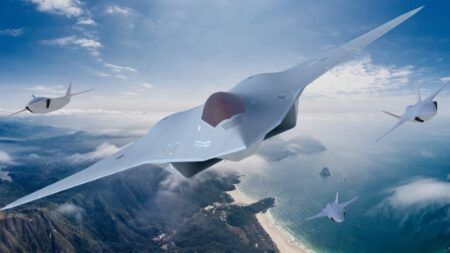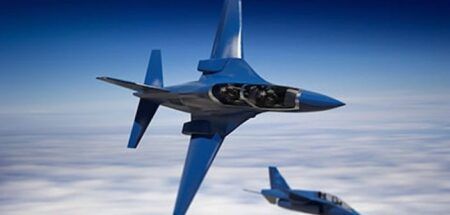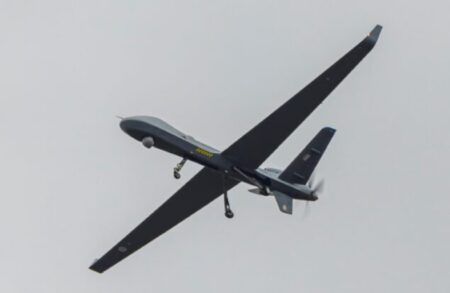Lockheed Martin’s Legion Pod has successfully completed its first flight test on an F-15C aircraft, demonstrating its ability to provide long-range detection and tracking of airborne threats for the US Air Force.
Legion Pod is a multi-function sensor system designed to support collaborative targeting operations in radar-denied environments. Using Lockheed Martin’s IRST21 sensor, networking and advanced processing technology, Legion Pod provides high-fidelity detection and tracking of air-to-air targets.
Its plug-and-play architecture is designed to make it easily transportable across numerous platforms, including fighter and non-fighter aircraft. Legion Pod also accommodates additional sensors within its current structure, acting as a multi-function sensor suite without aircraft or system modifications.
Housed in a 16-in diameter structure, Legion Pod’s baseline configuration includes an advanced processor and datalink capability in addition to its infrared search and track technology.
The flight test began at Jacksonville Air National Guard Base in Florida. Using its common interface, Legion Pod was integrated onto the F-15C without any modifications to the aircraft.
“Similar to last year’s F-16 flight tests, Legion Pod successfully tracked multiple airborne targets in representative scenarios,” said Paul Lemmo, vice president of fire control/SOF CLSS, at Lockheed Martin Missiles and Fire Control.
Legion Pod is designed to meet the requirements of the US Air Force’s F-15C infrared search and track program of record, which include long-range detection and tracking in a wide field of view. It also offers a variety of capabilities for other fighter and non-fighter aircraft.
September 23, 2016




